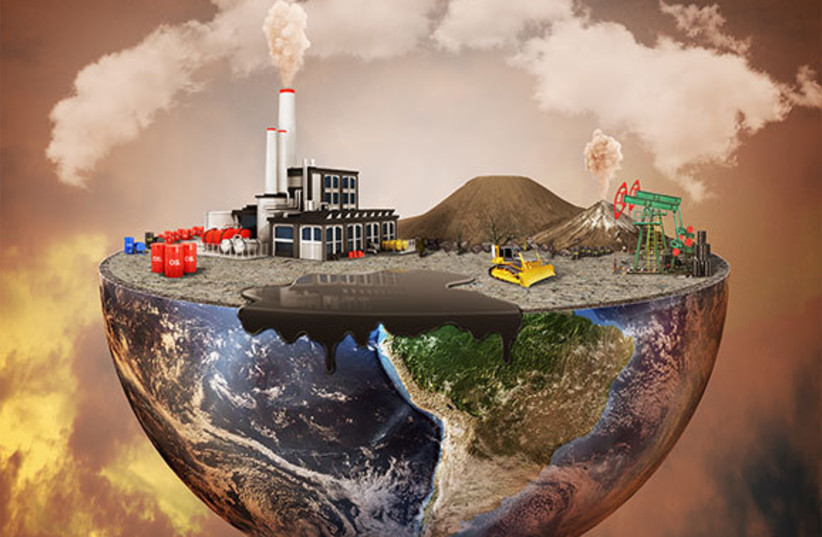In the dynamic world of architecture and urban planning, the term ‘gentrification’ has taken on a new, environmentally charged connotation: climate gentrification. This emerging phenomenon is reshaping our cities, creating pockets of exclusivity where only the affluent can weather the storm, quite literally. As architects and urban planners, it is imperative that we recognize the causes, acknowledge the detrimental effects, and actively engage in finding solutions to mitigate this alarming trend.
Climate gentrification stems from the harsh reality of our changing climate. As extreme weather events become more frequent and severe, certain areas are no longer seen as desirable places to live due to the increased risks of floods, storms, and extreme temperatures. Affluent individuals, armed with financial resources, seek out locations that are more resilient to these climate challenges. This migration creates a demand for properties in areas with a reduced risk of natural disasters, driving up prices and pushing out those who are unable to afford the rising costs.
This is because designing houses for the wealthy, without comprehensive evidence of its environmental effects, exacerbates the climate crisis by damaging seepage areas, reflecting and emitting radiation, and creating wind corridors. It also leads to a massive consumption of energy which makes the use even more expensive and even increases it indirectly by creating a greater demand for energy.
Furthermore, governmental policies often favor the development of climate-resilient infrastructure in affluent neighborhoods, perpetuating the socioeconomic divide. As architects, we find ourselves at the nexus of these forces, contributing to the physical manifestation of climate gentrification through our designs and planning decisions. The ramifications of climate gentrification are profound and multifaceted.
First and foremost, it exacerbates existing socioeconomic disparities, creating segregated urban landscapes where the privileged few live in climate-resistant fortresses while the less affluent are left vulnerable to the whims of nature. This not only fosters inequality but also disrupts the social fabric of communities, as diverse populations are displaced, eroding the cultural richness that defines our cities. Moreover, the concentration of wealth in climate-resilient areas puts immense pressure on infrastructure, leading to a strain on resources and heightened competition for prime real estate. This phenomenon, left unchecked, has the potential to create urban deserts, devoid of diversity and vitality.

The solution must be multi-faceted
ADDRESSING CLIMATE gentrification requires a multi-faceted approach at both the political and planning levels. Architects and urban planners must actively engage in the following measures:
Equitable policies: Advocate for policies that prioritize equitable climate adaptation strategies. Governments should invest in infrastructure projects that benefit all communities, not just the affluent ones. This includes flood defenses, green spaces, and sustainable building practices.
Community-centric design: Prioritize community involvement in the design process. Incorporate the needs and aspirations of all residents, ensuring that vulnerable communities are not marginalized or displaced in the pursuit of climate resilience.
Affordable housing initiatives: Develop and support affordable housing initiatives in climate-vulnerable areas. This not only safeguards against displacement but also fosters inclusive urban development.
Education and awareness: Raise awareness about the impacts of climate gentrification within the architectural and urban planning communities. Encourage sustainable and resilient design practices that benefit all socioeconomic groups.
In conclusion, as architects and urban planners, we hold the power to shape the future of our cities. It is our responsibility to resist the tide of climate gentrification by advocating for policies that prioritize inclusivity and resilience. Let us not contribute to the creation of urban enclaves accessible only to the privileged; instead, let us work toward a future where all communities can thrive in the face of climate challenges.
Only through collaborative and conscious efforts can we ensure that the built environment remains a beacon of equity and resilience for generations to come.
The writer is an architect, urban planner, and owner of the architectural firm Schreibman Architects, which has been operating from Israel for over 50 years.
